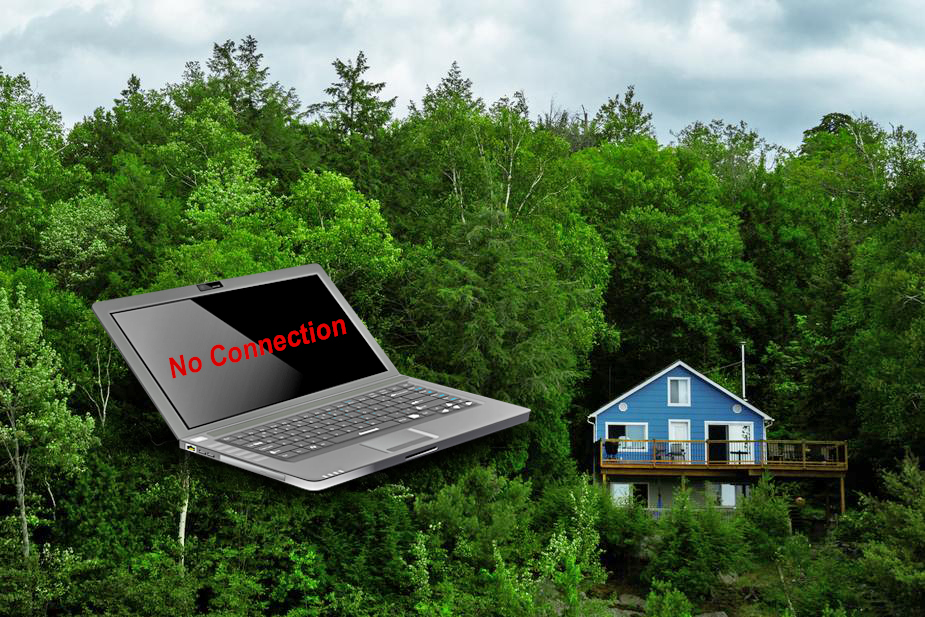
With every aspect of life becoming increasingly digital, Internet access is crucial for individuals, law enforcement, healthcare providers, companies and communities. For rural America, Internet connectivity is literally imperative for a community’s survival. Economic development is impossible without broadband and families expect their children to have access to the Internet so they are not hampered educationally.
The federal government is moving, but slowly, to provide connectivity. Many smaller communities are turning to public-private partnerships because they need relief quickly. The Federal Communications Commission (FCC) estimates 39 percent of rural Americans lack access to 25 megabit-per-second Internet connection, the lowest connection required to run Netflix. Only 4 percent of urban Americans struggle with broadband access. This has become a huge issue for public officials in rural America.
Because of the critical nature of broadband, there are many contracting opportunities. Public officials in every jurisdiction of government understand the importance of Internet access 24/7.
- Broadband access helps students and adults develop new skills and creates new businesses that result in jobs;
- Broadband is able to close healthcare gaps in rural areas through telemedicine – allowing doctors to access patients anywhere there is Internet; and
- Broadband increases public safety exponentially by providing access to police and emergency response professionals.
In spite of the importance of Internet access, not much media attention has been forthcoming about the subject. Here’s a bit of information that should prove helpful to public officials and to contracting firms interested in resolving the broadband problem.
 The FCC will direct $2 billion over the next 10 years to broadband access in rural America. An auction is planned in 2018 and public officials as well as contracting firms should check out what is planned. More information about bidding can be found here.
The FCC will direct $2 billion over the next 10 years to broadband access in rural America. An auction is planned in 2018 and public officials as well as contracting firms should check out what is planned. More information about bidding can be found here.
Another government initiative, the U.S. Department of Agriculture (USDA) Loan Guarantee Program, offers low interest loans to groups wanting to implement broadband solutions in unserved areas. The loan funding is intended for the capital costs of projects and is part of the National Farm Bill that the USDA implemented for Broadband loans. More information can be found here.
Other contracting opportunities are available immediately. Granite Falls, Minn., recently released a broadband feasibility report. It estimates the cost of providing broadband access to 955 miles of roadway. Cost of projects range from $20 million to $22 million. The goal is to provide broadband to 1,862 homes.
Madison, Wis., is seeking a partner to design and build a fiber network. Local officials hope to find a partner to obtain access to necessary private easements and construct fiber drop cables from public right-of-way to subscribers’ premises. The goal is to provide service to 114,680 residents. Construction should start in early 2018.
This month, the Grand Junction, Colo., City Council approved plans to implement citywide broadband. Local officials hope to fund 50 percent of the project using grants but will seek a private-sector partner willing to put capital into the project. The city wants to complete the project within a year and expects a request for proposals to be released within the next three months.
In order to boost economic activity as well as provide other benefits to residents, Oxnard, Calif., is developing a master plan for Internet accessibility. Contractors, or partners, will be sought to use the plan to build a carrier-class, highly available redundant network. A solicitation document should be released in the very near future.
Chemung County officials in New York have launched a campaign to learn more about blackout zones in the region. The study is the first step in meeting broadband needs. Officials plan for construction to start in April 2018.
Rural America is getting attention at the federal level as the administration discusses public-private project funding. Currently, it is estimated that $50 billion will be allocated for rural infrastructure projects. The needs are great and contracting opportunities are abundant.
